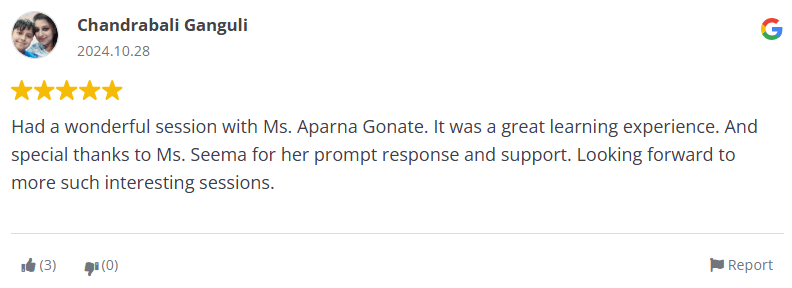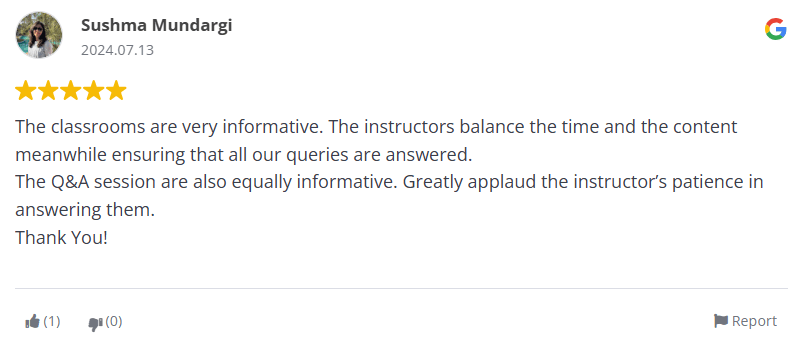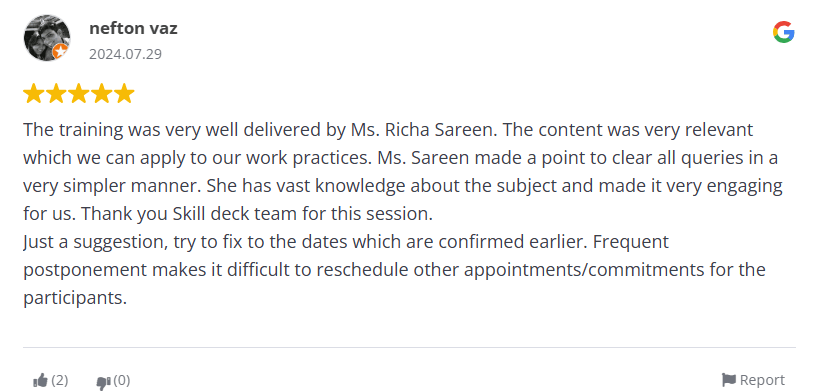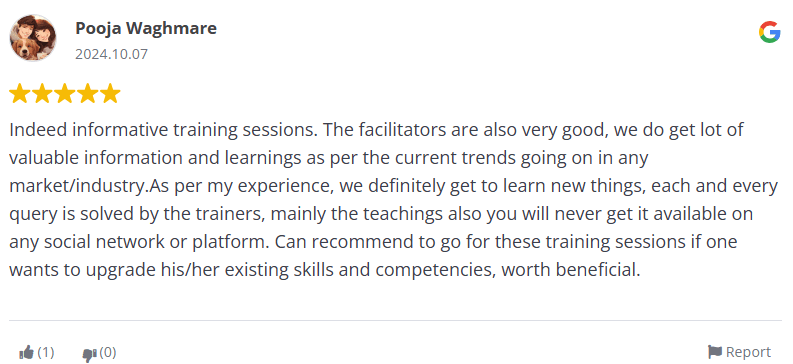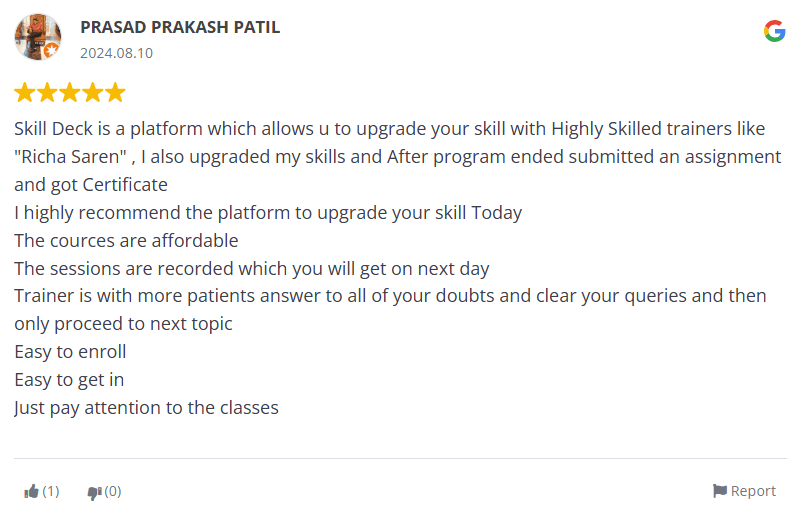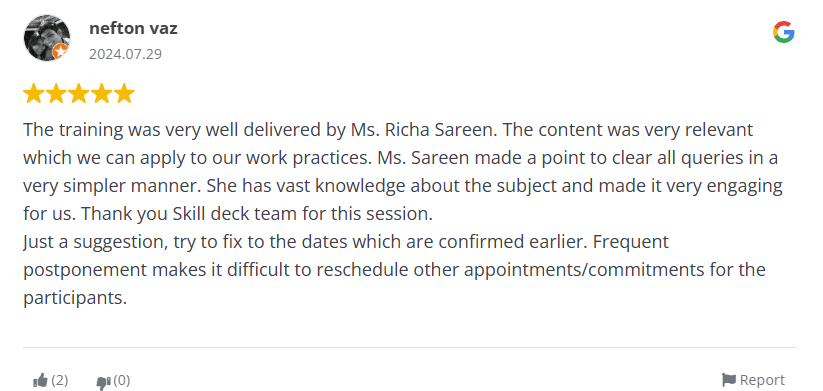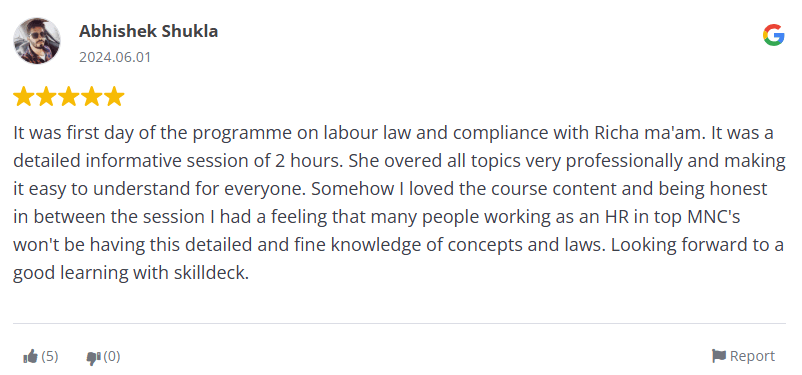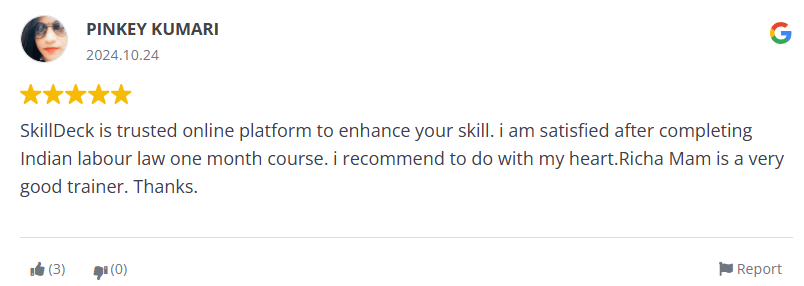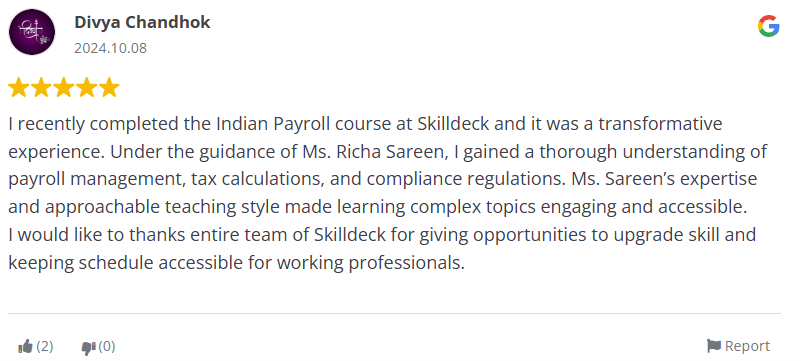- Tenure - 35+ Hours, 2 Month Program
- Starting from Dec 6 2025 | 7 - 9 PM
- Guaranteed Interview Calls
Reserve your slot for upcoming May batch, Only 7 Spots Left!
Certified Human Resource Partner Course
Who is this program for
For HR’s aiming to become strategic partners

Education
Graduates/Postgraduates in HR
Work Exp.
2+ years in HR preferred

Career Stage
Mid to senior-level professionals

Aspirations
Achieving higher career growth
Fee & Batch Details
Invest in your future with affordable degree fees and flexible batch options
Program Fee
8,850 INR (including 18% GST)
No installment plan available for this program
Limited time offer ₹12999
Batch Details
Application Closure: 7 Spots Left
Date for 1st Class: Dec 6 2025
Seats On First Come- First Serve Basis.
Build your profile with the latest trend and get easily placed in Top Corporates
Our Course Certificates are trusted by these industry leaders




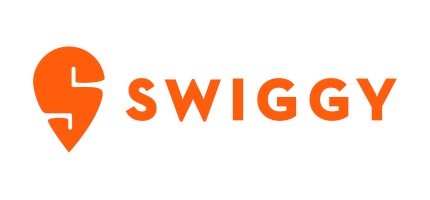





Build Your Resume
Build your profile with the latest trend and get easily placed in Top Corporates
Explore our Syllabus
What you will learn:
- Evolution from HR Generalist to HR Business Partner
- HRBP vs HR Generalist vs HR COE: Key differences and collaboration
- Business Acumen and Financial Understanding for HRs
- Strategic Partnering Essentials:
- Influencing Business Decisions
- Organizational Alignment
- Change Leadership
- Driving Outcomes through People
- Objectives & strategic linkage of PMS with business goals
- Types of PMS frameworks: OKR, KRA, KPI, SMART Goals
- Bell Curve, 360-degree feedback, and rating systems
- Performance review cycle & calibration
- Linking PMS with rewards and promotions
- Introduction to competency frameworks
- Types of competencies: Core, Functional, Leadership
- Designing a Competency Matrix
- Competency-based interviews & performance evaluation
- Identifying HiPo talent through competency data
- Strategic workforce planning & manpower forecasting
- Aligning TA goals with business strategy
- Sourcing strategies (Passive, X-ray, AI tools, LinkedIn, GitHub, etc.)
- Recruitment metrics & dashboards
- Competency-based shortlisting and evaluation
- Manpower cost planning
- Headcount & cost forecasting
- Budgeting for L&D, engagement, benefits
- Budget vs actual variance reporting
- Creating HR MIS Reports for CXOs
- Types of HR policies: strategic, operational, cultural
- Policy lifecycle: drafting, vetting, approval, communication
- Aligning policies with company culture & compliance
- Policy benchmarking and review framework
- Key policy formats and implementation checklists
- Strategic onboarding: 30-60-90 day plans, buddy systems
- Cultural integration & goal alignment
- Engagement drivers & strategies (Work, Leadership, Rewards, Culture)
- Monthly engagement calendar & feedback loops
- Retention strategies and exit analysis
- Capability Building Strategy aligned with business goals
- ADDIE, 70:20:10, and Kirkpatrick Models
- TNI/TNA and training calendar creation
- Leadership pipeline and succession planning
- Learning ROI and impact measurement
- Introduction to descriptive, predictive, and prescriptive HR analytics
- HR Metrics and KPIs (Turnover, TAT, Cost per Hire, etc.)
- Using Excel, Power BI, or Tableau for analytics
- Storytelling with HR data: Dashboards and visualizations
- Case studies on data-led decision-making
- Objectives & scope of HR audits
- Audit tools: checklists, risk matrices, compliance calendars
- Documentation, registers, policies to be audited
- ISO 9001:2015 HR-specific clauses
- Audit reporting and improvement plan tracking
- Job analysis tools: FJA, PAQ, DACUM, etc.
- Writing job descriptions and job specifications
- Benchmarking roles against industry
- Job evaluation methods: Point Factor, Ranking, Grading
Designing salary ranges and internal equity using job grading
- Payroll components: CTC, gross, net, and in-hand
- Statutory deductions: PF, ESI, TDS, PT, LWF
- Payslip and payroll register generation
- Payroll compliance calendar & audit readiness
- Tools: Introduction to payroll software (Razorpay, GreytHR, etc.)
Interested in HRBP Course?
Course Overview
Why SkillDeck?
- Globally recognised Platform
- DIPP, ISO, MSME from Govt of India
- Globally accepted certification
- Lifetime Recording accessibility
- Join 40,000+ members worldwide
- Career Guidance
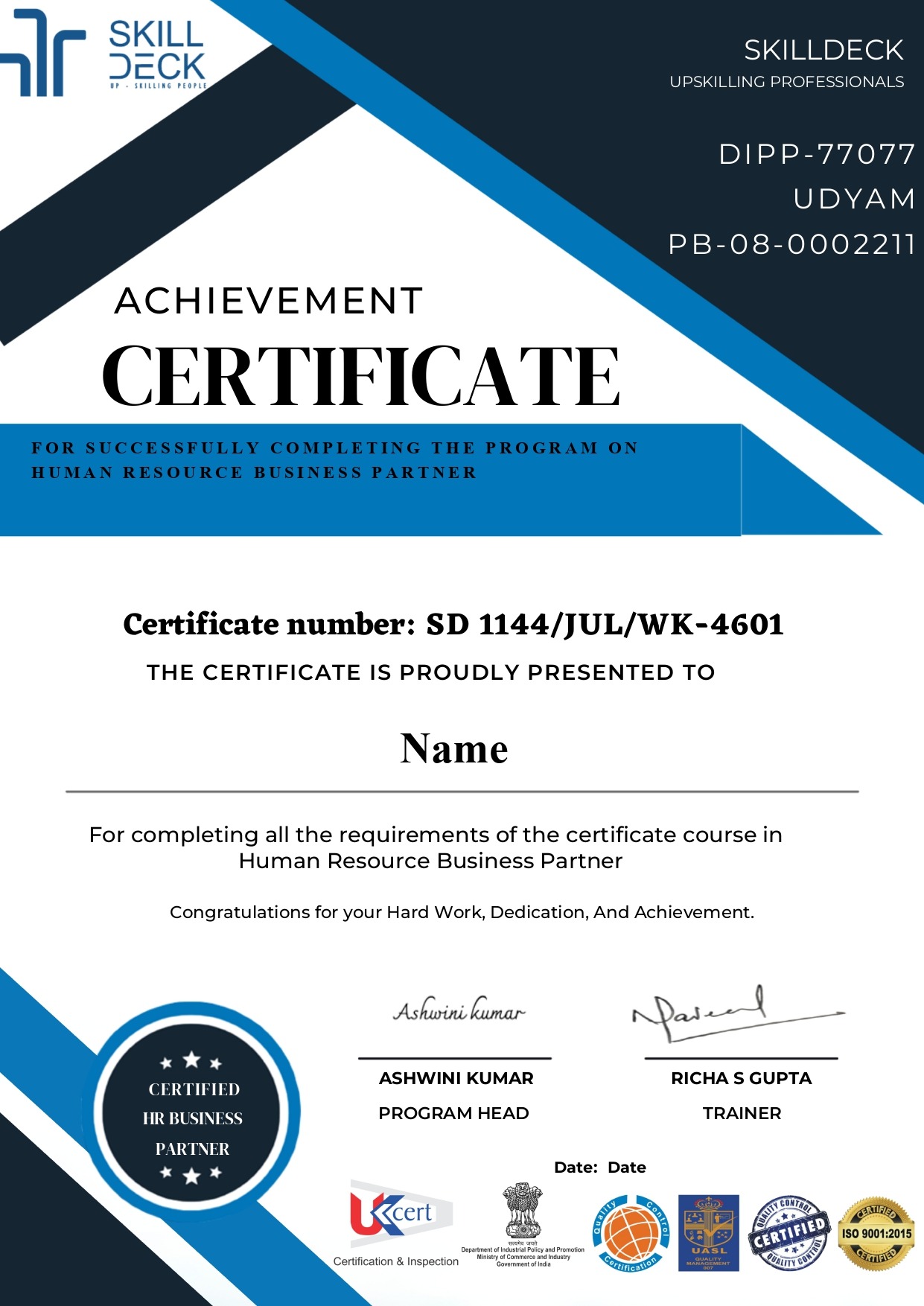

Trained
5,00,000
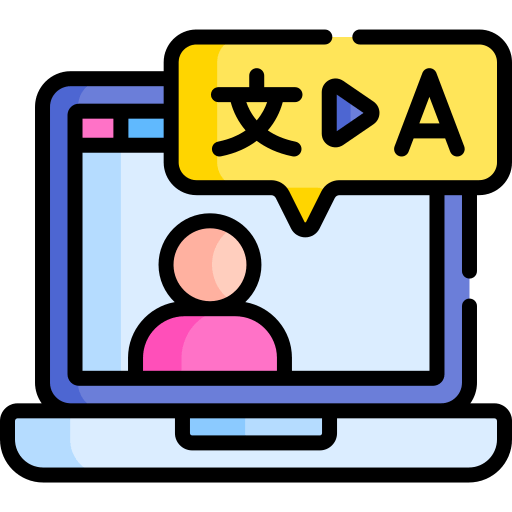
Live Classes/Month
500+
Google Reviews
1000+
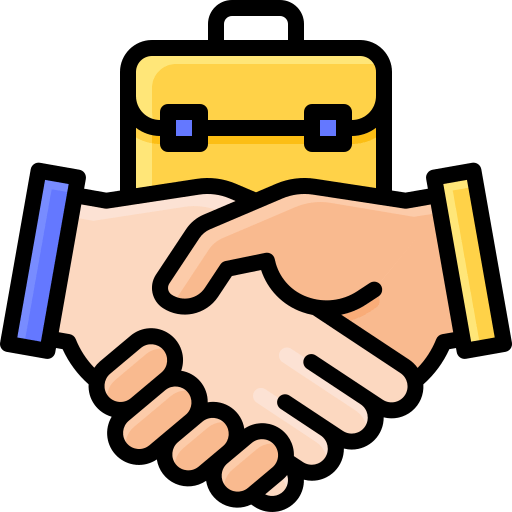
Corporate Partners
50+

College Partner
90+

career benefits
91%
Pricing
₹8,500 ₹12999
- Certified & Experienced Instructors
- Flexible Schedule
- Masterclasses By Skill Deck®️
- Placement Assistance
- Access to the Recorded Sessions
- Live-Online Training
- Tailor Made Training
- 10 in 1 Program
- Globally recognised Platform

Meet Your Trainer
Richa Sareen
About the Trainer – Aparna Gonate
Aparna Gonate is a seasoned HR professional with over 15 years of rich industry experience, now making a significant impact as a PoSH Trainer, External IC Member for several large MNCs, and a recognized expert in DEI and Women Safety initiatives.
She was honored with the HR Conclave Awards 2023 for her outstanding contributions to the fields of PoSH, Diversity, Equity & Inclusion (DEI), and Women Empowerment.
🏆 Recognized Excellence:
SIWAA Award Winner – For outstanding contribution in HR training
IHRC Award – For Innovation in Human Resource Consulting
IEA Award – For Excellence in Employee Engagement & HR Solutions
🎥 She is also a well-known HR content creator on YouTube, simplifying complex HR topics like manpower planning, compliance, and Boolean search sourcing using real tools, templates, and examples. rephrase in small
Strategic Human Resource Partnering Course Training Certification Process
Counseling & Registration
Consult one of the counselors to enroll in the right batch. Register yourself for Strategic Human Resource Partnering Course
Join the Strategic HR Partnering Course
Attend live sessions and earn your certificate. Missed one? Watch the recordings anytime.
Submission of Projects Assigned
Submit the Hand-on Projects assigned during the training to the Trainers for Assessment and Certification
Earn Certification
Post Completion of the training, get Course Completion Certification of Strategic Human Resource Partnering Course from The SkillDeck®
FAQs
Curriculum is specifically engineered to meet the expectations of leading tech companies.
Absolutely. This course is built to meet the strategic demands placed on HR professionals today. It goes beyond operations and covers:
- Strategic HRBP competencies
- Workforce planning, budgeting, analytics
- PMS, L&D, onboarding, and HR audits
- Competency mapping, job evaluation, and policy making
Modern tools like HR analytics dashboards and payroll systems
It empowers HR professionals to become strategic partners to business leaders.
This course is ideal for:
- HR professionals with 3+ years of experience aiming to move into strategic roles
- Mid to senior-level HR Managers or Generalists
- L&D, PMS, or TA specialists aspiring to become HRBPs
- HR professionals working closely with leadership teams
- Aspiring HR Consultants and Coaches
- Duration: 2-month weekend program (8–10 live sessions)
- Format: Live online instructor-led classes
- Includes: Live sessions, recordings, project assignments, LMS access, certification
The course follows a highly practical and engaging approach:
- Live expert-led sessions with real-time case discussions
- Strategic frameworks and toolkits explained with examples
- Hands-on exercises in budgeting, analytics, PMS, and policy making
- Assignments, quizzes, and project work
- Industry-based simulations and capstone project for certification
- Course Fee: ₹8,850 INR (inclusive of GST)
- Includes: All live classes, recordings, tools/templates, project feedback, and certification
- A Government-recognized certificate from SkillDeck
- Features: Participant name, program title, unique ID, ISO/DIPP/MSME accreditation
- Can be shared on LinkedIn and resumes to showcase your strategic HR capability
This is a live instructor-led course. However, all session recordings are provided for review on SkillDeck’s LMS. You can revisit any topic anytime.
Yes. SkillDeck is:
- ISO 9001:2015 certified
- Registered under MSME and DIPP (Govt. of India)
- Certificates are widely accepted by corporates, MNCs, and HR communities across India and abroad





